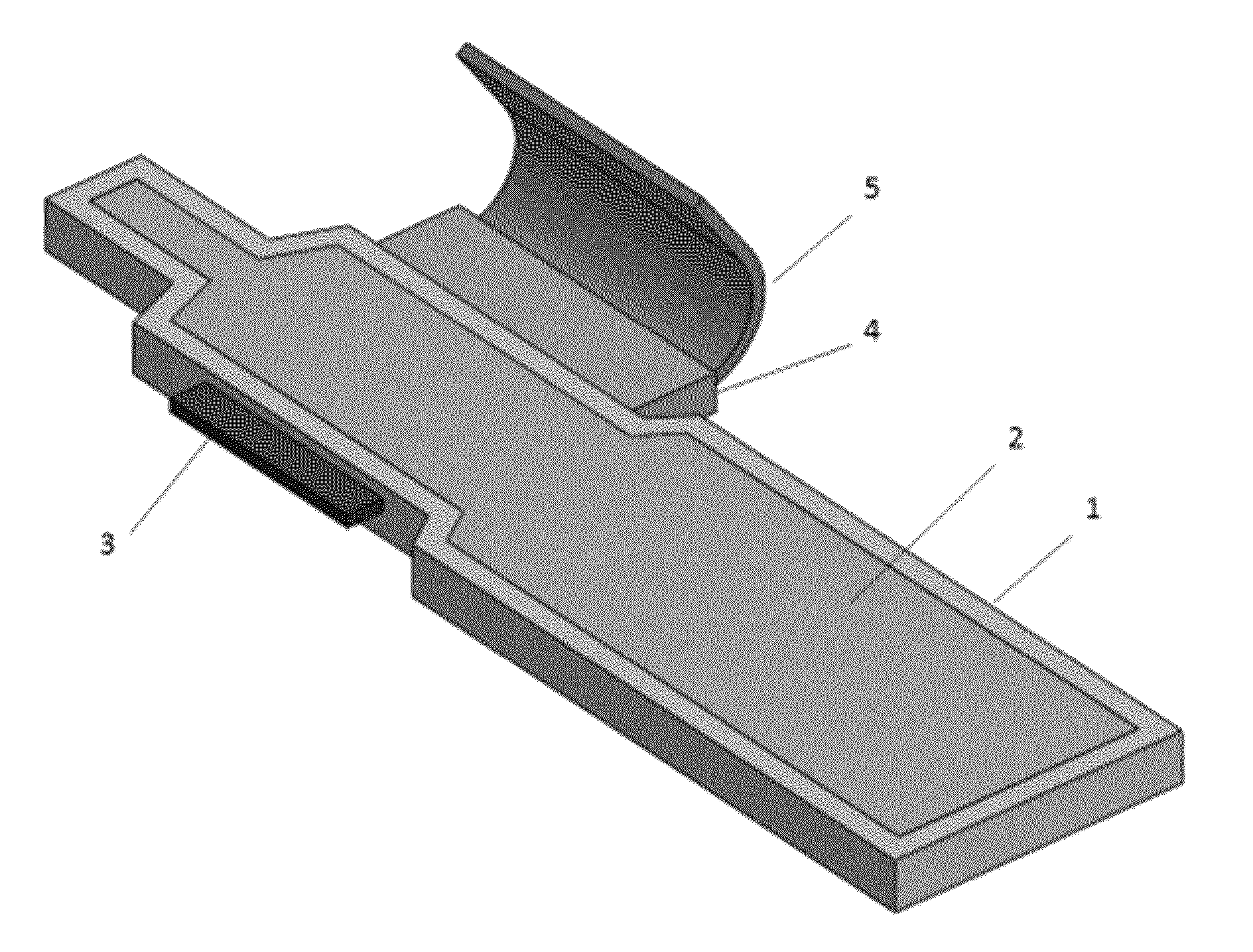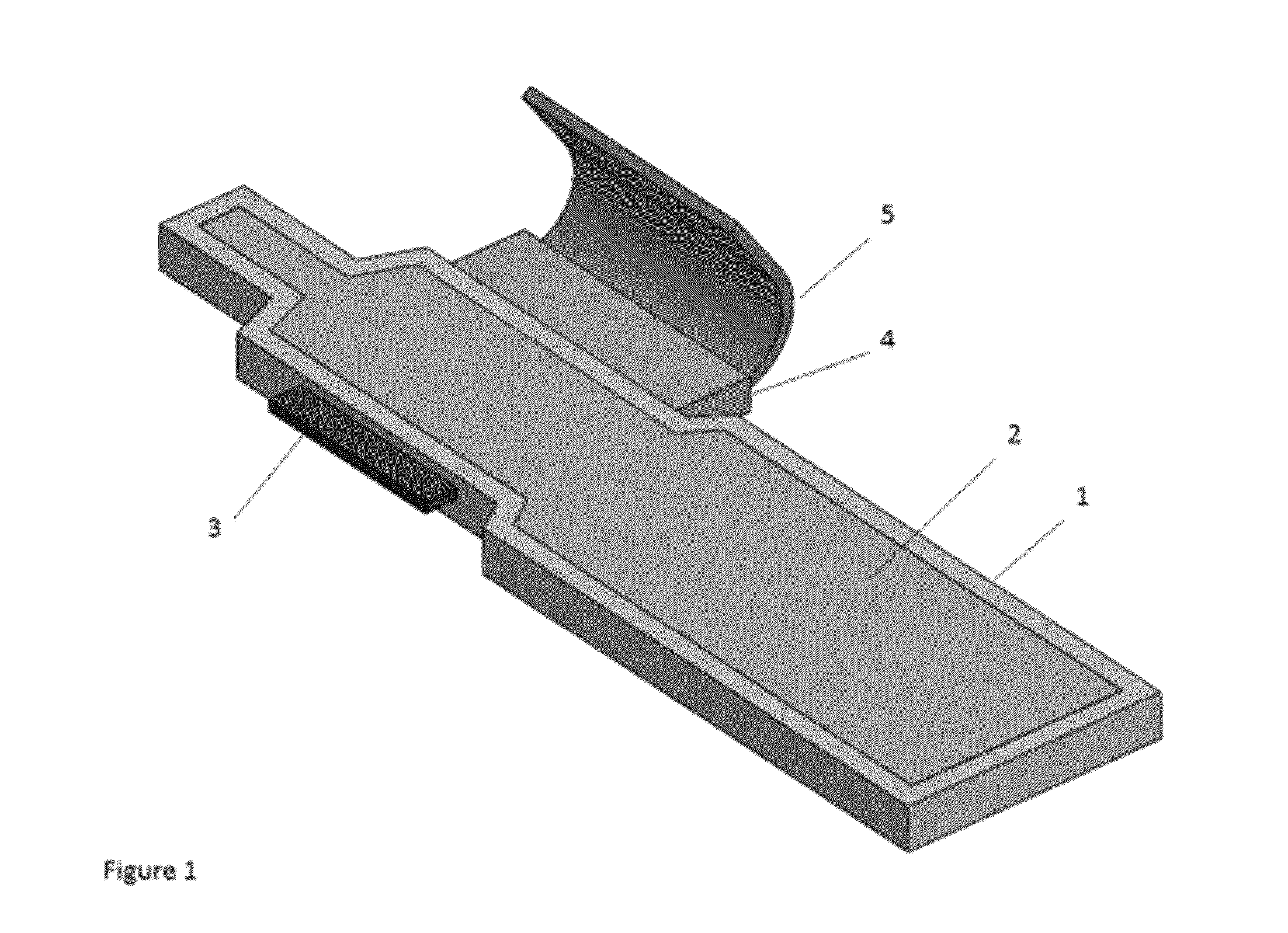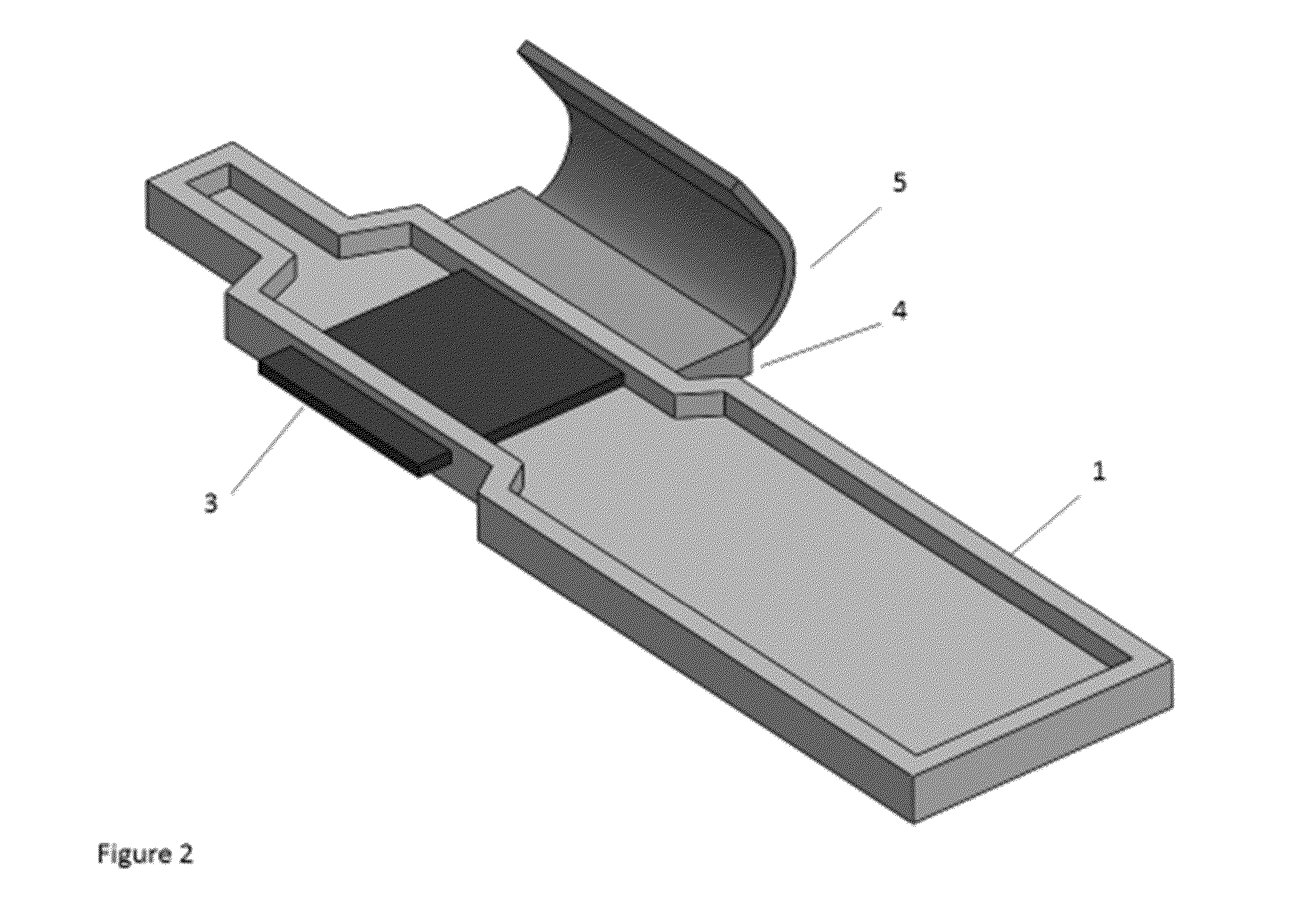While providing some modicum of
patient comfort, this mattress is not designed with any additional features to provide value to the patient or clinician.
This results in a confusing array of cables, tubes, power sources, gas sources (such as
oxygen), and displays.
All of these require attachment to the patient or travel with the patient, creating a complex web of devices around and connected to the patient.
These connections are prone to inadvertent mis-application and disconnection.
Moreover, the need for a battery power supply in some devices increases weight and creates a need for recharging of multiple devices.
That impedes
patient transfer to a
bed and often leaves the patient unmonitored while electrodes are reattached.
While helpful for evacuation of patients, these products do not support ancillary
medical equipment such as pumps, monitoring devices, or
radiation shielding.
This device obviously could not be easily transported or used for x-
ray imaging.
These cables often become entangled and there is always a risk that leads are inappropriately managed or connected to the patient.
Challenges with
cable management can lead to procedural delays, entanglement with other devices, and potential patient misdiagnosis.
In addition, many of the devices attached to the rails require electrical power, connections to other devices, or pressurized gas.
This can be a difficult maneuver to insert the board, and the rigid board directly beneath the back and shoulders of the patient may be uncomfortable.
The
disadvantage is that the support devices must themselves be secured to the arm board.
A number of devices have been developed to support the left arm in this position, but none have integrated x-
ray shielding.
In addition to the discomfort to the patient, there is risk during radiographic procedures to the physician and cath lab staff due to
radiation exposure.
However, significant portions of the
radiation intended for imaging are scattered by interaction with the patient and spread around the cath lab.
These are cumbersome to operate and require
constant movement by the HCW to shield themselves from radiation.
Frequently, they also do not conform to the patient's body habitus and contours.
Another major impediment of existing methods is that the HCW has to move these
heavy equipment manually and also conform their bodies to visualize around the impediments caused by the existing devices.
This is a major cause for musculoskeletal morbidity of the HCW resulting in chronic neck, back injuries.
In addition, many times the HCW forgets to move the shields for adequate protection.
These systems, however, employ extensive heavy shields or encase the operator in a restrictive
enclosure.
X-ray units are bulky and the physician often needs to image the patient at widely varied angles relative to the patient's
long axis.
These devices are cumbersome, heavy, and have been associated with orthopedic injuries.
Problems keeping the pads clean from patient to patient have led to their use in a disposable form.
These devices have shown to be too cumbersome to be of practical use.
One challenge to x-ray
visualization in the cath lab is ensuring that the area of treatment in the patient is not blocked by radiopaque materials that prevent adequate x-ray penetration for imaging.
In particular, cables such as ECG leads that may drape across the patient can cause imaging difficulty.
These problems interfere with the monitoring of patients undergoing x-ray examinations.
Currently, the methods used to gather this information are not streamlined or synchronized in a manner that is conducive to simple and easy use in the interventional cath lab or other medical settings.
 Login to View More
Login to View More  Login to View More
Login to View More 


